Why Do I Want A Weighted Vest?
Since 2012, I have competed in NPC bodybuilding competitions every year. My 45-pound vest is a staple of my trade. I use this vest at least three days a week, no matter if I’m cutting or bulking. Why use a weighted cardio vest? It cuts fat like a hot blade through butter. I will explain below why. The same reasoning applies to developing strength in pull-ups and push-ups. It’s common sense, and you will wonder why you haven’t done it for years.
The strategy is backed by science and makes sense, whether you use treadmills or ellipticals to exercise, or just on the ground. You can purchase weighted vests online or in most sporting goods stores. When using a weighted vest with a treadmill you should be careful not to exceed the maximum capacity of the machine and also pay attention to the floor beneath the unit. If you want to burn calories quickly, then a weighted jacket is the best option.
What are weighted vests?
These items are available in sporting goods shops. A quick Amazon Search will yield a variety of examples. These vests come in a variety of styles and are usually made from nylon. They also have pouches that can hold sandbags, metal plates or other items. Some vests come with straps or plate horns that can be used to hold small Olympic plates. The styles are different for men, women and youth. Most vests can be adjusted to fit users of various heights and weights. The resistance levels can vary from 2.5 pounds to over 100 depending on the type. tactical vests are similar to body armor and can be a great choice for military fans.
My 45-pound Gold’s Gym Vest was purchased in 2010 from a Walmart store. They are also available at Academy Sports stores. It’s still going strong after 13 years of running in the rain. The vest has a belt that snaps around the waist and sandbag pockets. It also has a slot on the chest for an iPod. This unit, and many others I’ve seen, are made of incredibly durable material. Over the years, I have worn mine while running in the rain and in the backseats of my truck and car. As long as you wear it, your money will be well spent.
How do weighted vests help with weight loss?
Burn those calories. A pound of body fat is approximately 3,500 calories. You need to burn at least 3,500 calories more than you eat in order to lose a pound. Everyone has a unique basal metabolic rate (BMR),, which is the amount energy expended at rest and in neutral environments. The more active you are the higher your BMR. Another important factor is the weight of your body. The number of pounds you carry when exercising can make a huge difference to the amount of calories you burn. Consider the following example of two different individuals and the number of calories burned per exercise session, based on their bodyweight.
- Activity: Jogging
- Pace: 3 miles per hour
- Distance: 5 miles
- Bodyweight: 150 pounds
- Calories Burned: 409
- Bodyweight: 195 pounds
- Calories Burned: 516
If your bodyweight is 300 pounds, then while wearing a 45-pound weighted vest you’re actually carrying 345 pounds into the exercise routine. A 300-pound jogger pacing 3 miles per hour for 5 miles actually burns 795 calories, while a 345-pound person burns 914. Now you start to get the idea of how a weighted vest can help you lose weight in a hurry. During my prep for bodybuilding contests, I typically cut from around 200+ pounds to 165-170 between January and May. Using weighted vests has always been one of my strategies for cardio.
What Do Studies Say?
Fear not. It’s not just anecdotal evidence at play here. A 2006 study published in Medicine and Science in Sports and Exercise titled “The effect of weighted vest walking on metabolic responses and ground reaction forces,” analyzed during treadmill walking: Oxygen consumption, exercise intensity, vertical ground reaction forces, and loading rates. Ten adult subjects performed standardized walking tests on a treadmill while wearing four different weighted vests at 0%, 10%, 15%, and 20% of their body mass. The results were clear, using weighted vests not only increased the metabolic rate and relative exercise intensity, but increased the load borne by the skeletal system while walking on a treadmill.
In the 2019 article “New Tool to Control and Monitor Weighted Vest Training Load for Sprinting and Jumping in Soccer,” published in the Journal of Strength and Conditioning Research, researchers test the relationship between weighted vest loads and performance indicators in sprinting and jumping, such as V-max scores, maximum height and velocity. The goal of the study was to find that sweet spot in terms of weighted vests and the question, how much weight should I use to train? The actual weight of the vest used will vary by the size of the user as well as the goal, it seems.
It’s clear that wearing a weighted vest while exercising will increase the load carried and thus force your body to work a little harder, not only burning more calories along the way, but increasing your overall level of fitness.
A Few Points to Consider
Too much of a good thing can be bad for you. If you use too heavy a weighted vest while walking or running, you’ll feel it in your knees for sure. The good thing about adjustable weight vests is you can take a few sandbags out if that’s the case. Going into the routine, plan on working your way up in terms of time and weight. You won’t just strap on a heavy vest and run six miles at the start. My normal walk-around weight is about 200 pounds, and 45 pounds is 22.5% of that. The studies I’ve seen suggest that’s at the high end of the recommended usage. By the time I cut down to 175ish for competition, that same 45-pound vest is about 26% of my body mass. The 10-15% zone relative to body mass seems to be the preferred spot for most people. That said, I also use my vest while performing pull-ups and push-ups and over the years my body has become accustomed to carrying that load.
The second thing treadmill and elliptical users need to consider the size of their machine. Each machine has a maximum user weight which can vary from 250 to 500 pounds. We’ve reviewed the best treadmills for heavy people here and you’ll want to make sure your machine can handle the load you’re bringing. I use a NordicTrack Commercial 1750 for a lot of my training and it has a maximum weight capacity of 300 pounds, meaning I’m in the clear. You’ll notice that the extra weight can cause a little deck-and-belt-damaging clanging and banging on the treadmill if it’s not big enough to handle it, in which case, I’d recommend incorporating incline/decline training like hiking into the treadmill workout. Hiking up a 12% incline at even 3 miles per hour while wearing a weighted vest will cause you to break a sweat and set your quads on fire.
A third point of consideration is treadmill placement. The harder you train, the more important it is to consider the flooring beneath the unit. You’ll definitely want to get a mat to place beneath the machine if this is your plan.
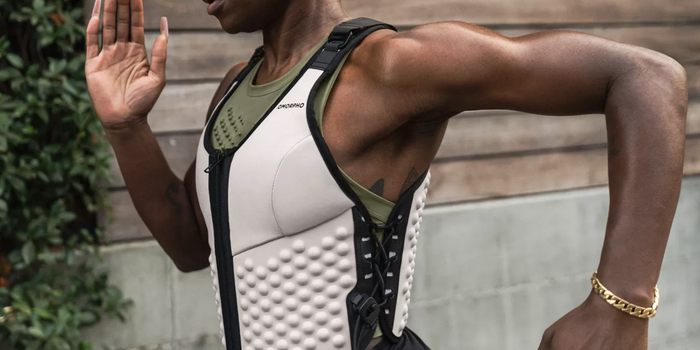
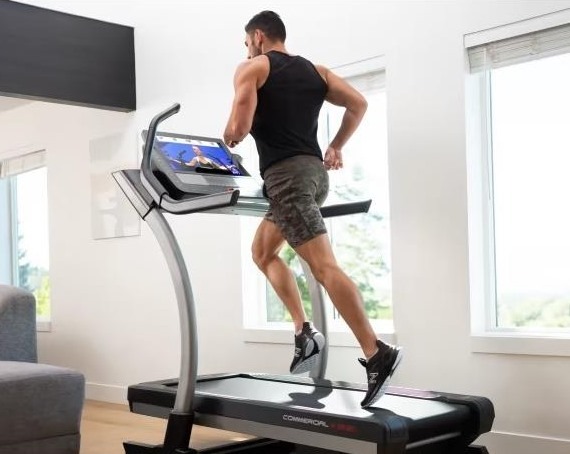
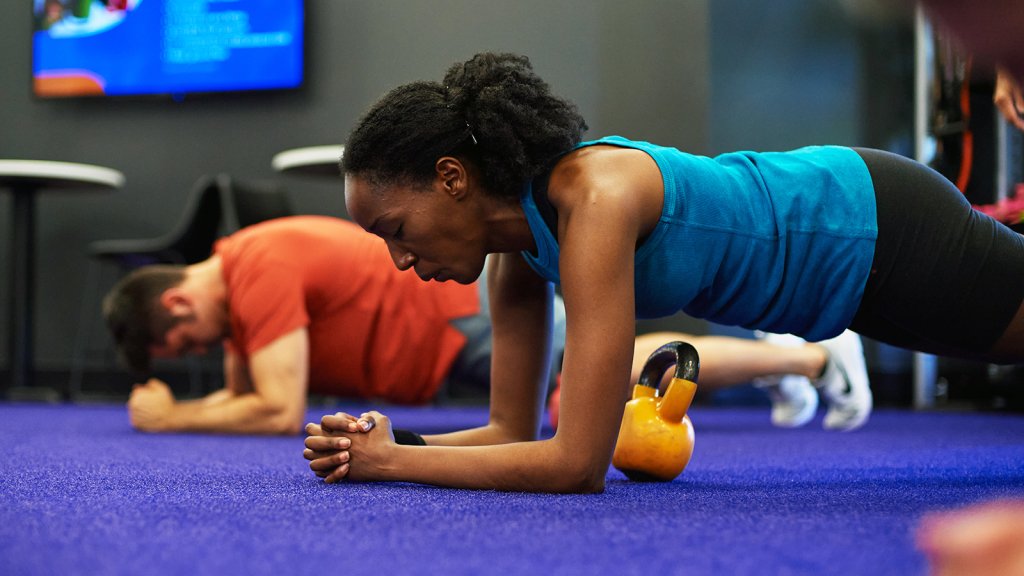
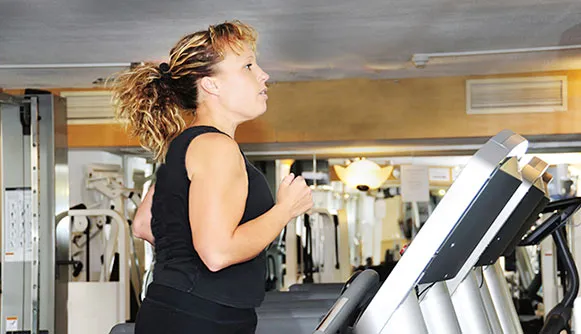

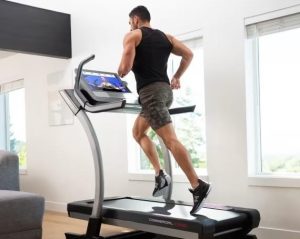
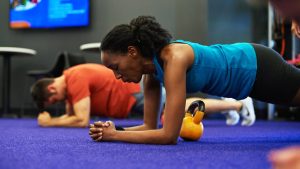
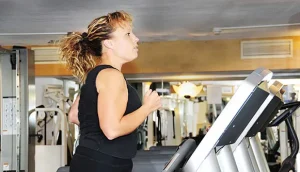



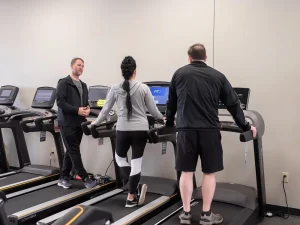
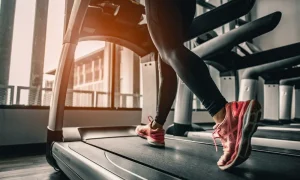
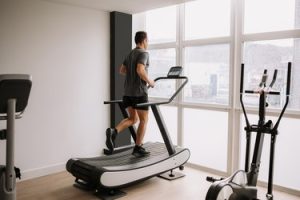
Post Comment